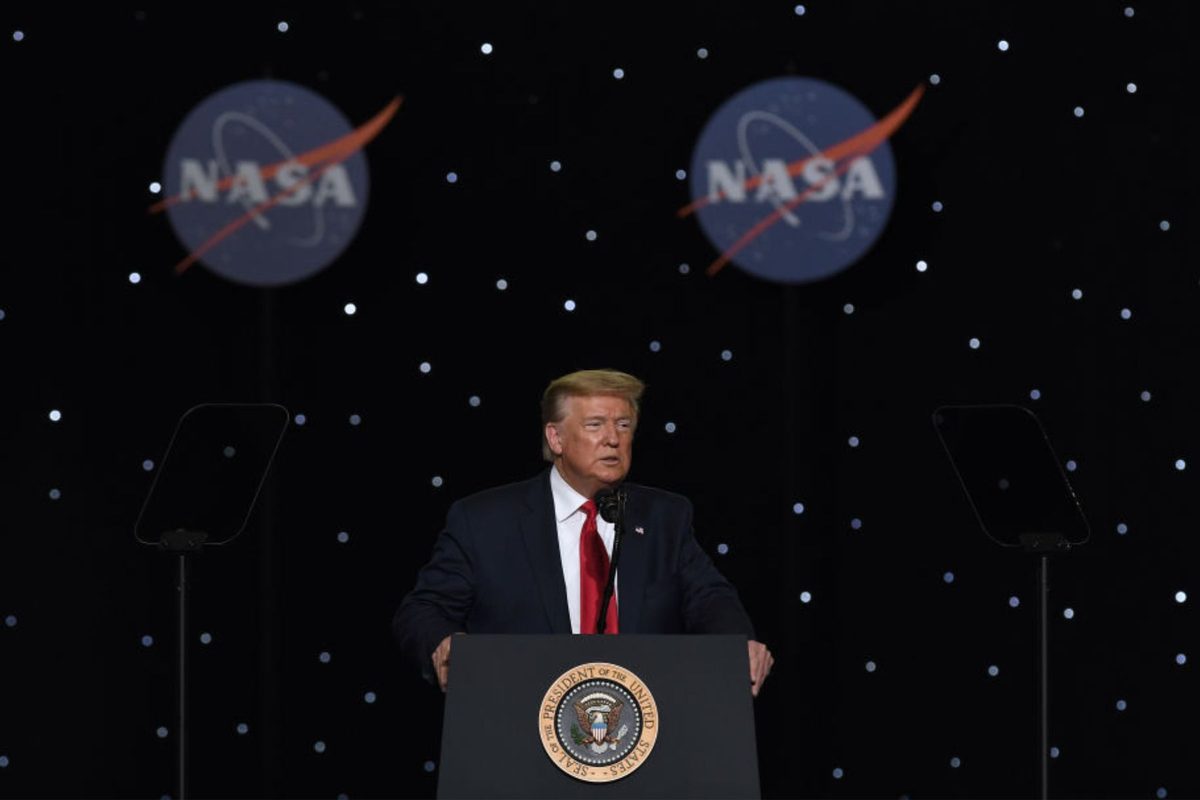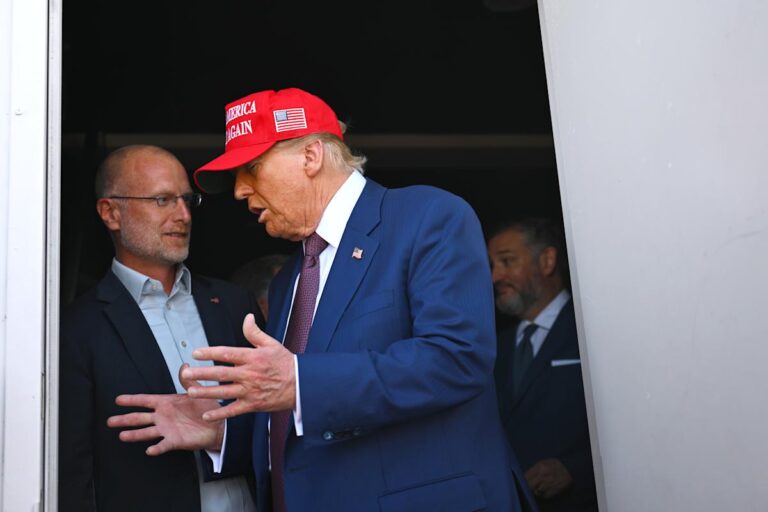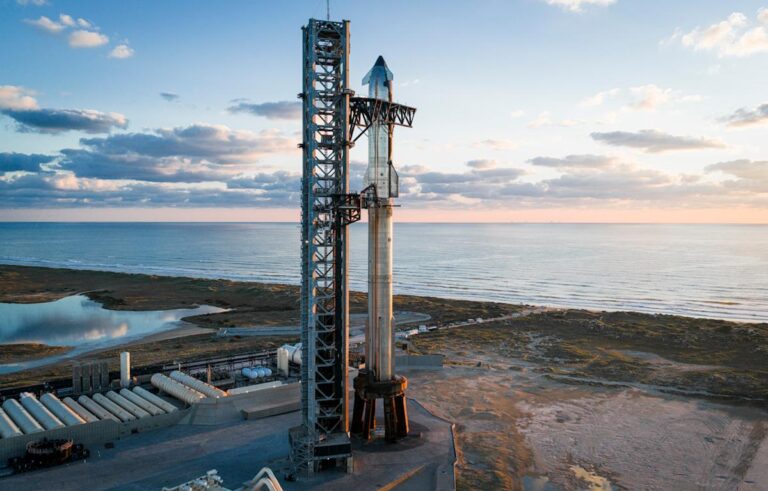Since Donald Trump resumed his presidency in January 2025, his administration has implemented significant budget reductions across numerous federal agencies, including NASA. The proposed 2026 budget slashes NASA’s funding by approximately 24.3%, dropping from $24.8 billion (£18.4 billion) in 2025 to $18.8 billion (£13.9 billion) — marking the lowest budget allocation for NASA since 2015.
While the president’s budget proposal is not legally binding until enacted by Congress, it highlights key priorities established during Trump’s previous and current terms. His government is particularly focused on human spaceflight, as evidenced by the establishment of the National Space Council and the creation of the US Space Force. During his first administration from 2017 to 2021, NASA’s funding increased from $19.5 billion (£15.5 billion) to $23.3 billion (£18.5 billion), representing 0.48% of the federal budget.
Key initiatives, including the Artemis program aimed at returning humans to the Moon, were initiated, with Artemis II still scheduled for a lunar flyby in 2026 and Artemis III aiming for a landing thereafter. As the White House unveiled its latest NASA budget, it underscored the urgency of putting Americans back on the Moon ahead of China, which aspires to establish a lunar base in the upcoming decade.
Budget Implications for NASA’s Future
-
Significant Cuts: Proposed reductions threaten crucial NASA projects, particularly in Earth and space science, with a projected decrease of $1.16 billion (£921.7 million) for Earth sciences and $2.65 billion (£2.1 billion) for space sciences. These cuts have sparked concerns among scientists and advocacy groups, emphasizing the importance of continued research in understanding our universe.
-
Project Cancellations: The administration’s budget seeks to eliminate the costly Space Launch System (SLS) and Orion crew capsule. With SLS reportedly 140% over budget and costing $4 billion (£3.2 billion) per launch, this shift aims to promote more affordable commercial alternatives for future lunar and Martian missions. This decision, however, has met with resistance from lawmakers worried about the implications of abandoning a program that is nearly a decade in the making.
-
International Relations at Risk: NASA’s planned lunar Gateway, a new space station intended to orbit the Moon, is also at risk. This project’s cancellation could strain long-standing international partnerships essential to NASA’s future endeavors in space exploration.
-
Mars Sample Return Mission Threatened: A notable casualty of the budget constraints may be the Mars Sample Return (MSR) mission, deemed “unaffordable” by the administration, which would return samples collected by the Perseverance rover. Given China’s ambitions to execute its own Mars sample return by 2028, the decision could invite significant legislative pushback as discussions move forward.
-
Critical Science Missions Under Scrutiny: Other vital missions, such as the Nancy Grace Roman Space Telescope, could face funding cuts jeopardizing their timelines and objectives. This telescope aims to enhance our understanding of dark matter and explore exoplanets beyond our Solar System.
As this budget plan moves toward congressional review, its potential impact on NASA’s projects and the future of America’s space exploration ambitions remains uncertain. Will these cuts hinder critical scientific inquiry or pave the way for a renewed focus on human exploration?







